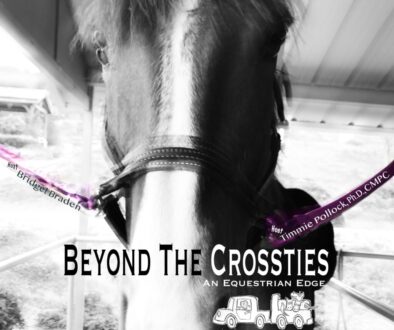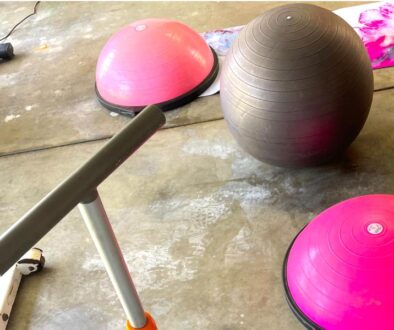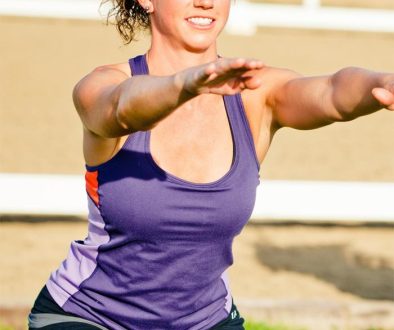Stability in the Stirrup
hip, knee to ankle
In the saddle
As the horse moves over the ground, muscles throughout their core and top line are activated right under your seat. This muscular structure is designed to help the horse suspend up in the air, enough clearance to allow the horses leg to move underneath. The horses backs flexes allowing the hind end to execute the suspension. Some horses have a better suspension than others but all horses need the rider to allow them to move.
Suspension allows the horse to cover ground and move forward. Shorter strides create more steps and longer strides require full range of motion. If a horse gets stuck in the shorter strides, they start working in a limited range of motion and suspension decreases.
A horseback rider must move through the arena in a centered position on the horses backs. There needs to be seat stability to allow a horse to move to their full potential. Stability comes from a rider’s seat, otherwise the horse’s gait can be compromised. For a rider to have seat stability, the rider must secure their lower leg in their stirrup.
The pelvis and hips will hold a rider’s seat stable on a moving horse. The upper body has a lot to do with seat stability on a horse but it’s a rider’s legs that are the key to core stability. Muscles within the leg will keep proper positioning from the hip down into the stirrup. This controls the movement of the leg while the horse does it thing. Limited control over the hip, knee and ankle alignment, the leg will not be supporting the seat.
If there’s a lack of mobility in a riders hip joint, there’s going to be a compensation happening in the riders body. This compensation creates another one in the horse and so on. Many riders believe there’s one good side and one bad side. In reality, there’s something throughout the entire pulley-system of the horse and rider. If muscle structure is weaker on one side, this could be cause the horse to carry itself incorrectly on that particular side. The hips create stability for a rider seat from left to right.
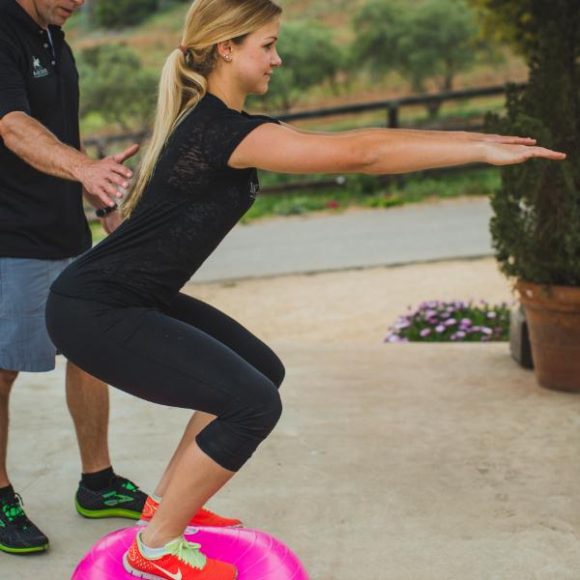
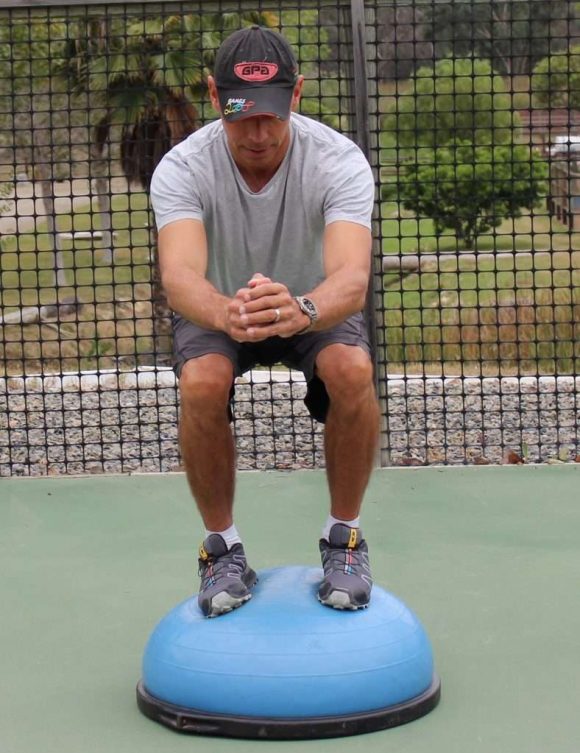
The rider’s seat can’t stay centered without feet being positioned underneath the knee and hip. The alignment creates stability in the lower leg which gives the seat proper placement in the saddle. The perfect seat is the one that moves with the horse and stays even from left to right. As the horse moves through the arena and depending on the horses suspension, the riders must perform to keep the seat stable.
If the rider’s feet were to move out from alignment and support, the rest of the body will have to compensate. Many times you can see this rider go to their hands for balance which cripples the independence seat.
Stability in the stirrup isn’t just ankle strength or balance in the leg. It’s the overall alignment between the hip, ankle and foot. Muscles need to get strong in the legs for proper alignment to become second nature. No muscle, no strength and no stability.
WANT MORE FITNESS TIPS? JOIN NOW
Try our courses for each membership and track your progress as you go! Find your membership now!




